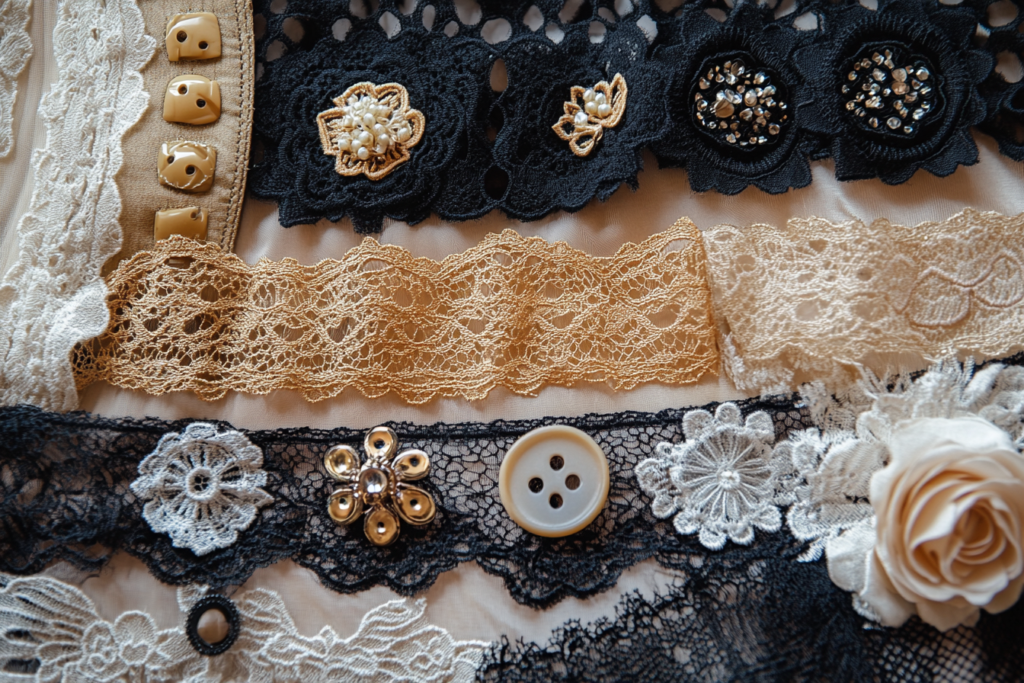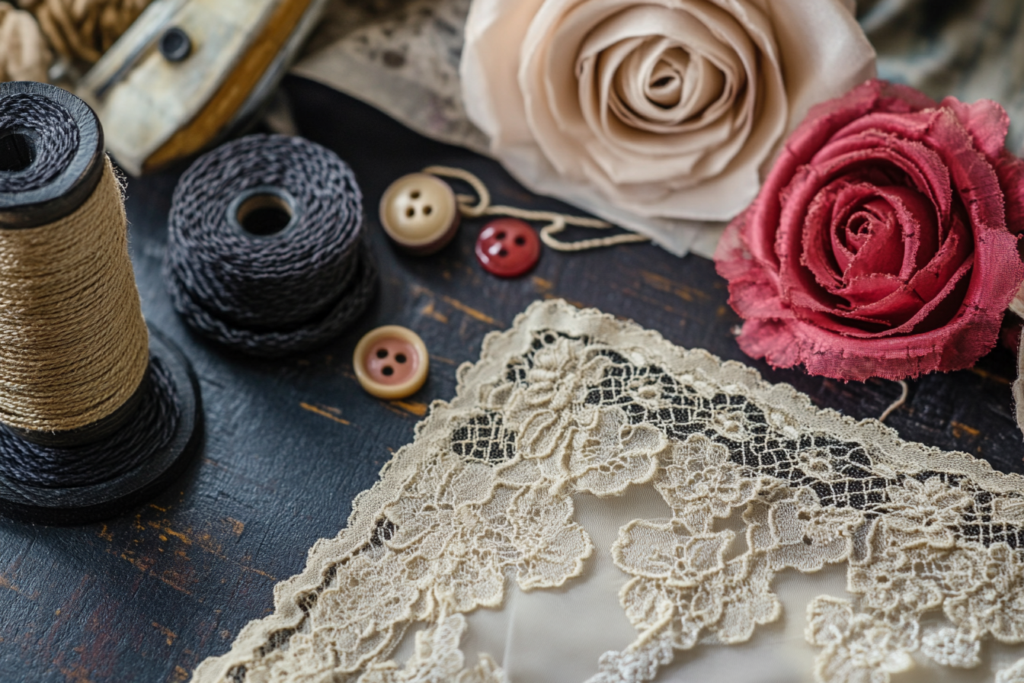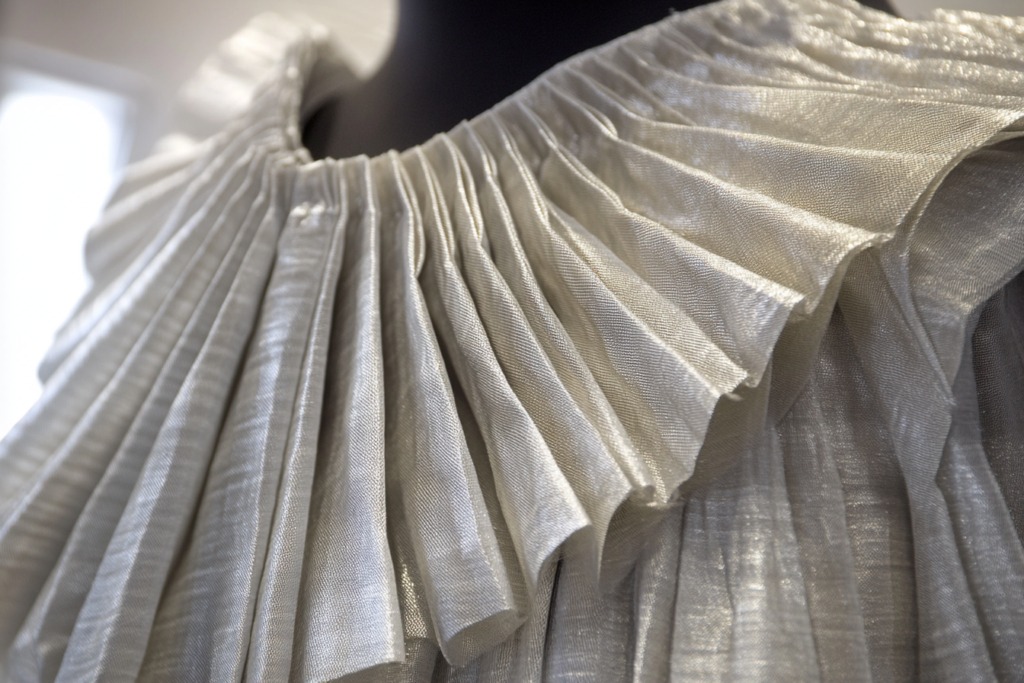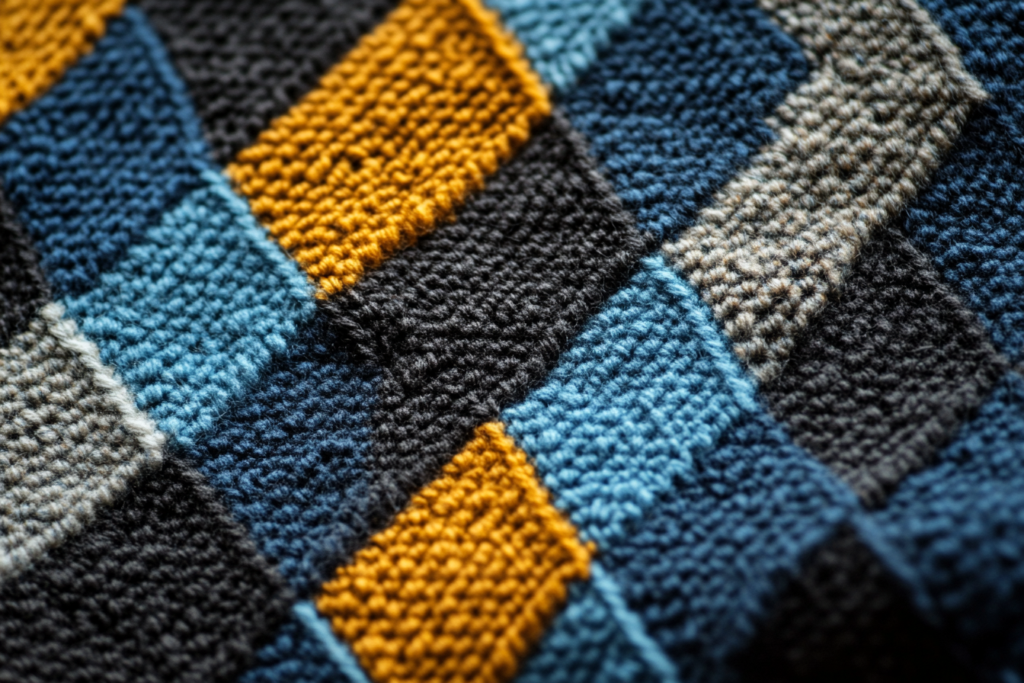Trims: The Perfect Finishing Touch to Garments
Meta Description: Trims are external decorative elements such as buttons, lace, ribbons, and other embellishments. Learn how trims can elevate the design of a garment and give it a unique style.
What Are Trims?
Trims refer to external decorative elements that are added to a garment to enhance its aesthetic appeal and visual interest. These embellishments are typically made from various materials like fabric, lace, buttons, ribbons, and beads, and they serve to elevate the design of the garment. Trims can be applied to different parts of the garment, including the hem, neckline, sleeves, and pockets, adding a personal or artistic touch to an outfit.
Trims play a significant role in fashion design, as they offer endless possibilities for customizing and embellishing garments, making them stand out with unique details.


Types of Trims
There are many types of trims, each offering a different look or function. Here are some common types:
| Trim Type | Description | Common Applications |
|---|---|---|
| Lace Trims | Delicate, decorative fabric often used around necklines, cuffs, or hems. | Dresses, blouses, lingerie. |
| Ribbon Trims | Ribbons in various widths and textures, often used for bows or sashes. | Children’s wear, formal wear, accessories. |
| Beaded Trims | Trims with beads, sequins, or other embellishments sewn into fabric. | Evening wear, party dresses, gala events. |
| Fringe Trims | Threads or strings that hang from the edge, adding movement and texture. | Bohemian style skirts, jackets, vintage garments. |
| Appliqué Trims | Decorative patches, usually sewn onto the garment, made from fabric, beads, or sequins. | T-shirts, jackets, embellished garments. |
| Piping | A cord covered in fabric sewn into the seam to add structure and decoration. | Pants, skirts, jackets, bags. |
| Button Trims | Decorative buttons sewn onto the fabric, often used for functional or aesthetic purposes. | Blazers, shirts, jackets, pants. |
| Tassel Trims | Decorative threads or fabric hanging from the edge of a garment. | Evening wear, bohemian style skirts, bags. |
Why Are Trims Important?
1. Add Visual Interest
- Trims are primarily used to add visual appeal and interest to the garment. By strategically placing trims on areas like the neckline, hemline, or pockets, designers can draw attention to specific parts of the garment, creating a balanced, dynamic look.
2. Enhance the Design
- Trims help to accentuate the overall design of the garment. Whether through delicate lace around a collar or bold beaded accents on a dress, trims can help highlight the style and personality of the clothing.
3. Elevate the Quality of the Garment
- High-quality trims made from luxurious materials such as silk, beads, or metal can elevate the overall look of a garment. They give it a more refined, polished, or fashion-forward appearance.
4. Functionality
- While most trims are decorative, some also serve functional purposes, such as button trims or piping, which provide support or help secure seams while enhancing the garment’s overall look.
5. Personalization
- Trims can be used to personalize a garment or give it a unique touch. Designers often choose trims based on the theme or mood they want to convey, whether it’s vintage, boho, or elegant.
How to Choose the Right Trims
Choosing the right trim for your garment depends on several factors, including the fabric, design, and intended use. Here are some guidelines to help you select the perfect trim:
| Factor | How to Choose the Right Trim |
|---|---|
| Fabric Type | Consider the weight and texture of the fabric. For delicate fabrics like silk, choose lace or bead trims, while heavier fabrics like denim can support piping or button trims. |
| Garment Type | Think about the purpose of the garment. For formal wear, beaded trims or lace are perfect, while casual wear might use simpler ribbon or tassel trims. |
| Design Style | Make sure the trim complements the overall design. For a bohemian look, fringe trims work well, while classic cuts look best with piping or lace. |
| Color & Texture | Ensure the color of the trim complements the garment. A contrast color trim adds a bold statement, while matching trims offer a cohesive look. |
Application of Trims in Fashion
Trims are used in different garment types to achieve a variety of effects. Here’s how different trims are applied:
📌 Evening Wear
- Beaded trims, lace, and sequins are commonly used in evening wear to create a glamorous and elegant look. These trims catch the light and add a sense of luxury to gowns and cocktail dresses.
📌 Bridal Wear
- Lace trims and appliqué trims are essential in bridal gowns for a romantic and timeless look. Embellishments like pearls or crystals can add elegance and sophistication to the bride’s attire.
📌 Casual Garments
- Ribbon trims, tassels, and embroidered trims can be used for a more relaxed and fun style in t-shirts, skirts, and blouses.
📌 Accessories
- Piping trims and button trims can be used to embellish bags, hats, scarves, and other fashion accessories, adding structure and polish.
Illustration of Trims in Garments
Below is an illustration showing several types of trims used on a garment, such as lace, beads, piping, and buttons. This visual demonstrates how trims are placed on the fabric to enhance the overall design.

Conclusion: The Power of Trims in Garment Design
Trims are the finishing touch that can take a garment from ordinary to extraordinary. By adding decorative elements like lace, beads, buttons, and ribbons, trims enhance the design, fit, and aesthetic of a garment. Whether used for visual interest or functional purposes, trims play a vital role in making each piece truly unique. Choosing the right trim can elevate your designs, creating beautiful, well-crafted garments that stand out.



